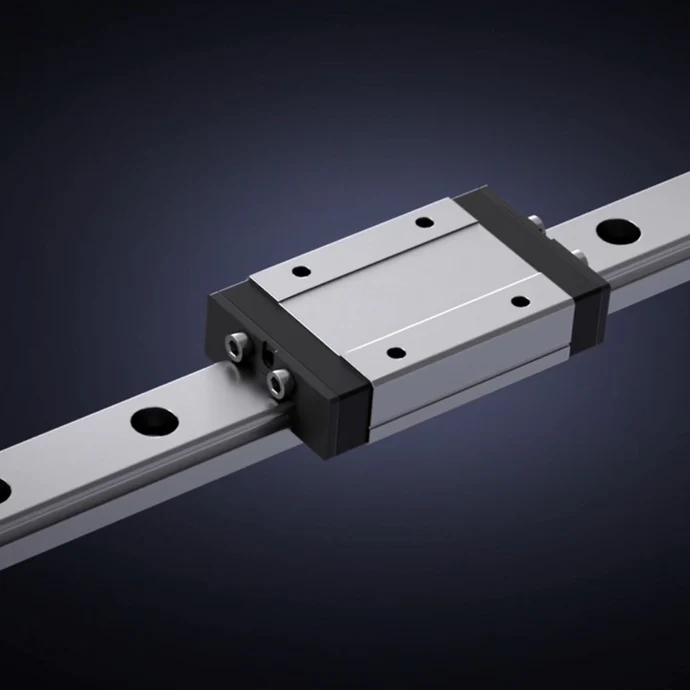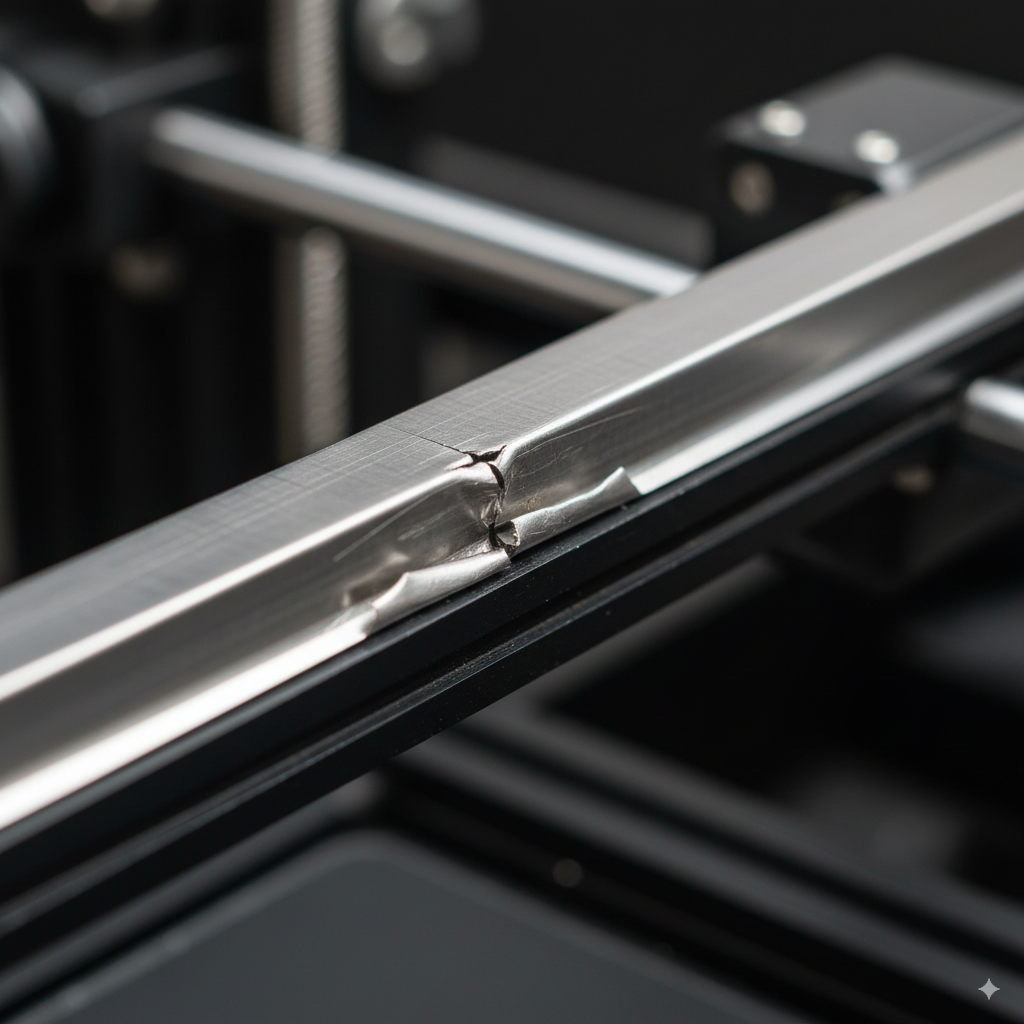- Accurate Specifications & Key Features
- The T500 offers a build volume of 500 × 500 × 500 mm.
- It utilizes linear rails on the X, Y / Z axes for smoother, more stable motion.
- The hotend is made of all metal, capable of reaching 300 °C, and features a hardened steel nozzle for enhanced wear resistance.
- The printer features 49-point automatic bed leveling to enhance consistency in the first layer.
- It ships with a 7-inch touchscreen interface and built-in Klipper firmware compatibility.
- Default print speeds are ~ 200 mm/s, though the spec sheet claims a possible top speed of 500 mm/s in ideal settings.
- The heated bed reaches up to ~ 80 °C (according to some sources).
- The printer is mostly 95% pre-assembled, reducing setup complexity.
T500 Large 3D Printer – Massive 500×500×500 mm build volume, Klipper firmware, direct-drive extruder, linear rails on all axes, and 300 °C all-metal hotend for fast, precise, and durable large-format…
Related internal pages:
- t300-3d-printer/
- tronxy-veho-1000-20-3d-printer/
- bambu-lab-h2s-large-format-3d-printer/
- artillery-sidewinder-x3-plus-review/
- tronxy-veho-800-pro-3d-printer/
- The frame is notably rigid and well-braced, which helps the printer maintain accuracy even at higher speeds.
- Klipper + input shaping help reduce vibration artifacts and improve motion control.
- The large volume is a compelling advantage over many “max size” competitors, such as Anycubic Kobra Max and Neptune 3 Max.


- The default 0.4 mm nozzle is relatively small for this printer. Moreover, it limits performance when handling a large build volume. The heating system also struggles to maintain higher flow rates. Additionally, the flow capacity appears to be restricted for larger nozzles. As a result, printing at high speeds becomes less efficient. Therefore, upgrading to a bigger nozzle could improve output.
- The hotend housing sits very close to the print bed. Moreover, this tight spacing can create potential collision risks. It becomes especially problematic when using shorter nozzles. As a result, the nozzle might scrape or hit the surface. Therefore, choosing the proper nozzle length is essential for safety.
- Some users felt that the heater block and extrusion system cannot sustain higher throughput—i.e., pushing high-speed flows leads to limitations.
- The coverings or rail guards feel quite flimsy during use. Moreover, one user reported issues with the metallic rail covers. They mentioned that the covers often “bunch up” or come loose. As a result, the printer’s motion system may appear less stable.
- Therefore, sturdier rail guards would improve overall reliability. Coverings or rail guards are flimsy—one user noted that metallic rail covers “bunch up” or detach.




Linear Rails On XYZ Axis For Enhanced Stability
The linear guides reduce friction and play, resulting in smoother movements of the print head. This translates to improved layer alignment, reduced layer shifting, and overall superior print quality. This industrial-grade design greatly guarantees its durability.
Why Choose Comgrow T500?
Large 3D Printing 500*500*500mm Build Volume
Unleash your imagination with an extensive printing area of 500*500*500mm, enabling you to bring grand-scale projects to life with exceptional finesse.
Bring Out The Speed
Max Speed: up to 500mm/s – The direct drive extruder, equipped with a 6.5:1 gear ratio, achieves high flow rates of up to 25mm³/s, enabling optimal print quality at a printing speed of 200mm/s. If you need faster acceleration, 8000mm/s² would help speed up to 500mm/s at maximum, saving 73% of the time compared to other printers.
Real Linear Rails on All Axes
The linear guides reduce friction and play, resulting in smoother movements of the print head.

All-Metal Hotend With Hardened Tool Steel Nozzle
The all-metal hot end includes a hardened tool steel nozzle. Moreover, this nozzle improves wear resistance during long printing sessions. It allows you to print with carbon fiber and other abrasive filaments. Additionally, it supports exotic materials that demand higher durability. The hot end heats up to 300℃ quickly and efficiently. Therefore, it becomes compatible with a wide variety of filaments. You can easily print with TPU, PETG-CF, PLA, and PETG. Furthermore, it also handles Carbon Fiber and Wood with excellent results.
FAQs
What is the biggest problem with 3D printing?
Print reliability & first-layer adhesion. Many prints fail due to poor bed adhesion, warping, or layer separation.
What are common fails in a 3D printer?
Under-extrusion, over-extrusion, stringing, layer shifting, warping, clogged nozzles, and poor adhesion.
How to know if filament is wet?
You’ll often hear popping or hissing in the hotend, see bubbles in extruded filament, or suffer weak, rough prints.
How to improve 3D print quality?
Level the bed accurately, dry filament, dial in the temperature & retraction, use good slicer profiles, and allow enough cooling time.
What are the main limitations of 3D printing?
Limited material choice, visible layer lines, slower production vs molding, structural anisotropy (weaker between layers).
What temperature is PLA printed at?
Typically, the nozzle temperature ranges from 190 °C to 220 °C, while the bed temperature is around 50–65 °C.
What are the best conditions for 3D printing?
Stable ambient temperature, low humidity, good ventilation, dried filament, consistent bed surface, and calibrated machine.
What is another name for 3D printing?
Additive manufacturing.
What is manifold in 3D printing?
A manifold (or “watertight”) model means the 3D mesh has no holes or self-intersections—essential for proper slicing.






